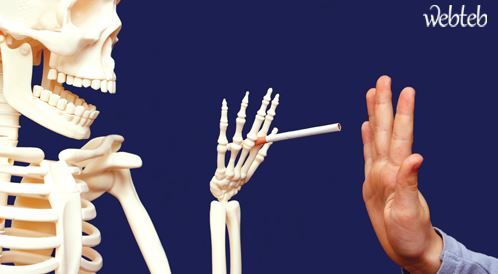Passive smoking and its harms: is the truth so gloomy?

What is secondhand smoke?
Passive smoking is known to inhale smoke from a burning cigarette, with smoke coming out of the mouth or nose of a smoker. Exposure to secondhand smoke occurs everywhere where people smoke: at work, at home, in public places, or in a private car. Usually,
secondhand smoke is caused by cigarette smoking, but also by pipe,
cigar, hookah and other tobacco products that release smoke.
The amount of smoke emitted from tobacco products depends on the amount of tobacco in it. For example a single average cigar can release a quantity similar to the amount of smoke emitted by half a packet of cigarettes.
It
is difficult to determine the extent of exposure, but it is possible to
measure the level of nicotine or other chemicals found in cigarettes in
the air of the room. The level of codeine (a
byproduct of nicotine degradation in our body) can also be measured in
the passive smoker's blood or saliva so that the degree of exposure can
be assessed.
Passive smoking and its harms: is exposure to secondhand smoke can cause cancer?
In
tobacco smoke from the regular cigarette there are about 7,000
chemicals, of which at least 250 are hazardous, such as cyanide, carbon
monoxide and ammonia. At least 69 chemicals
emitted from cigarette burning that are inhaled in the case of
secondhand smoke are found to be carcinogenic or suspected to be
carcinogenic, including: arsenic, benzene, beryllium (toxic metal),
cadmium, chromium, ethylene-oxide, nickel, vinyl-chloride.
If so, the answer is yes. The Cancer Society and the International Agency for Research on Cancer have identified negative smoking and its damage as carcinogenic, which is a risk factor for cancer.
Passive smoking can lead to lung cancer in adults who do not smoke. It
is estimated that secondhand smoke increases the risk of lung cancer by
20-30%. Passive smoking may also encourage the development of other
types of cancers, such as oral and pharyngeal cancers, gastrointestinal
cancers, bladder cancer, kidney cancer, pancreatic cancer, cervical
cancer and cancer Breast in women, lymphoma, leukemia, and brain tumors in children.
Related Topics
Secondhand smoke and other harms:
• Secondhand smoke has an immediate and harmful effect on the cardiovascular system: Passive smoking increases the risk of heart disease by 25%. Passive smokers are also at greater risk of stroke.
• Passive
smoking leads to irritation of the respiratory tract: inhaled substances
destroy the small hairs in the respiratory tract which help in the
removal of particles and bacteria, leading to their accumulation and to
increase the incidence of inflammation in the respiratory system.
• Passive
smoking increases the risk of asthma in children and exacerbates the
disease: they may also suffer from bronchitis, pneumonia, respiratory
tract infections and ears. In infants, secondhand smoke also harms the sudden death of a cradle. It
was also found that the effects of secondhand smoke continue beyond
childhood and are reflected by stunted growth and damage to academic
achievement.
• Passive smoking harms the embryos of pregnant women
who are exposed to smoke: even pregnant women who are not smoking but
who are exposed to cigarette smoke may endanger the life of the fetus. Studies
have shown that passive smoking and its damage during pregnancy
increases the risk of a dead foetus being born at 23% and the risk of
having a child with 13% bodily defects, such as women who are already
smoking during pregnancy.
Is secondhand smoke safe?
There is no safe level for secondhand smoke. While
the prevailing position of scientists is that the degree of damage is
dose-specific, there is no precise measure of exposure measurement, and
even a little exposure to cigarette smoke may cause damage.
The
best way to protect ourselves from secondhand smoke and its
disadvantages is to avoid staying completely indoor where smokers. There
is a law enacted in many countries of the world "Law on restriction of
smoking in public places", which prohibits smoking in public places such
as restaurants, cafes, shopping malls, hospitals, clinics, workplaces,
schools, public transport, etc.
No comments:
Post a Comment